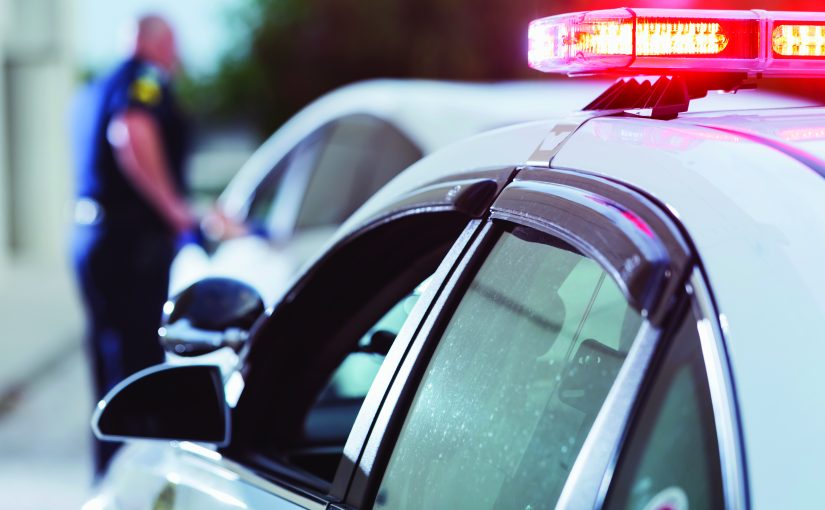
For many years, law enforcement officials have recognized the connection between traffic law enforcement and the detection of criminal activity. Since the mass production of the automobile began in the early 1900s, many criminals have found that roadways provide easy and accessible ways to travel to and from the locations of their crimes and to transport weapons and contraband. In addition to their primary purpose of reducing crashes and promoting compliance with motor vehicle laws, traffic stops have always been an effective way to interdict guns, drugs, and wanted criminals. What has not been examined, however, is the possibility of a correlation between the areas where crimes and traffic crashes occur. In 2007, the Baltimore County, Maryland, Police Department (BCOPD) began designing its own study of data relevant to this correlation. The following year, the Data-Driven Approaches to Crime and Traffic Safety (DDACTS) model was introduced by the U.S. National Highway Traffic Safety Administration (NHTSA) in conjunction with the Bureau of Justice Assistance and the National Institute of Justice (see the article starting on page 18 for details). The BCOPD was selected as one of the demonstration sites for this approach and has been implementing the model since early last year.


